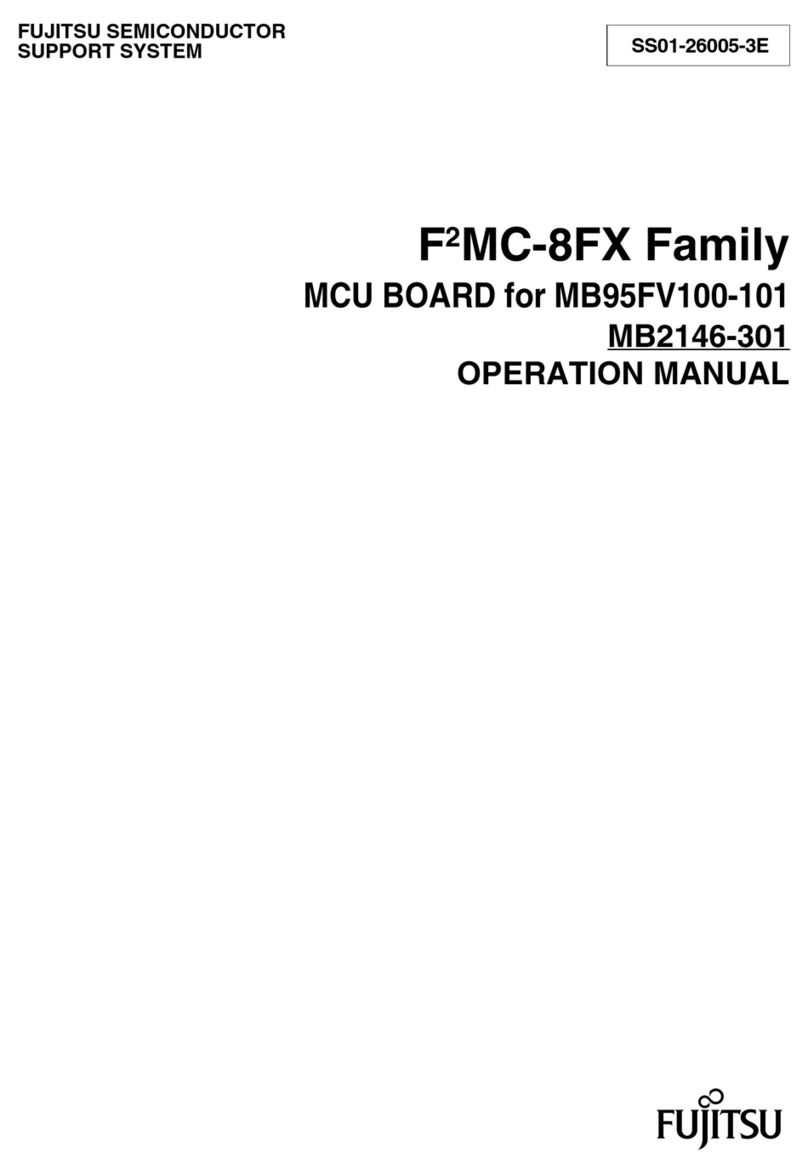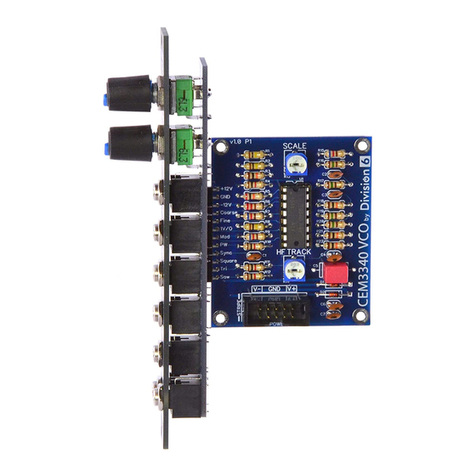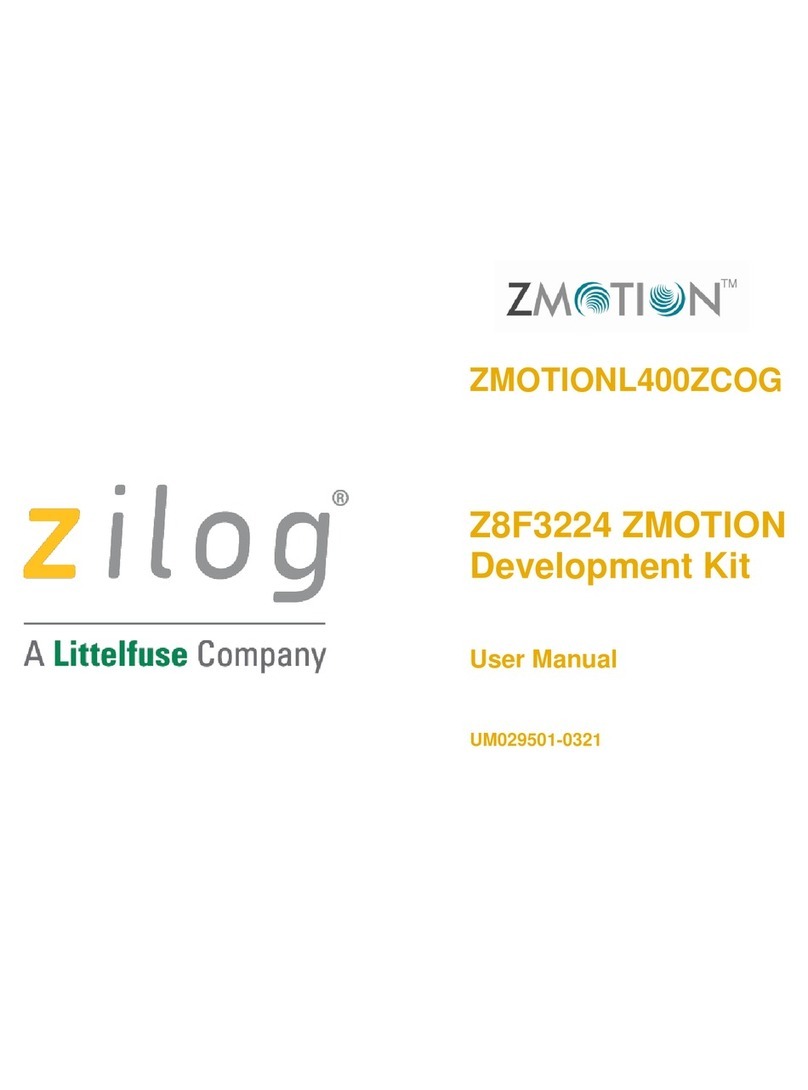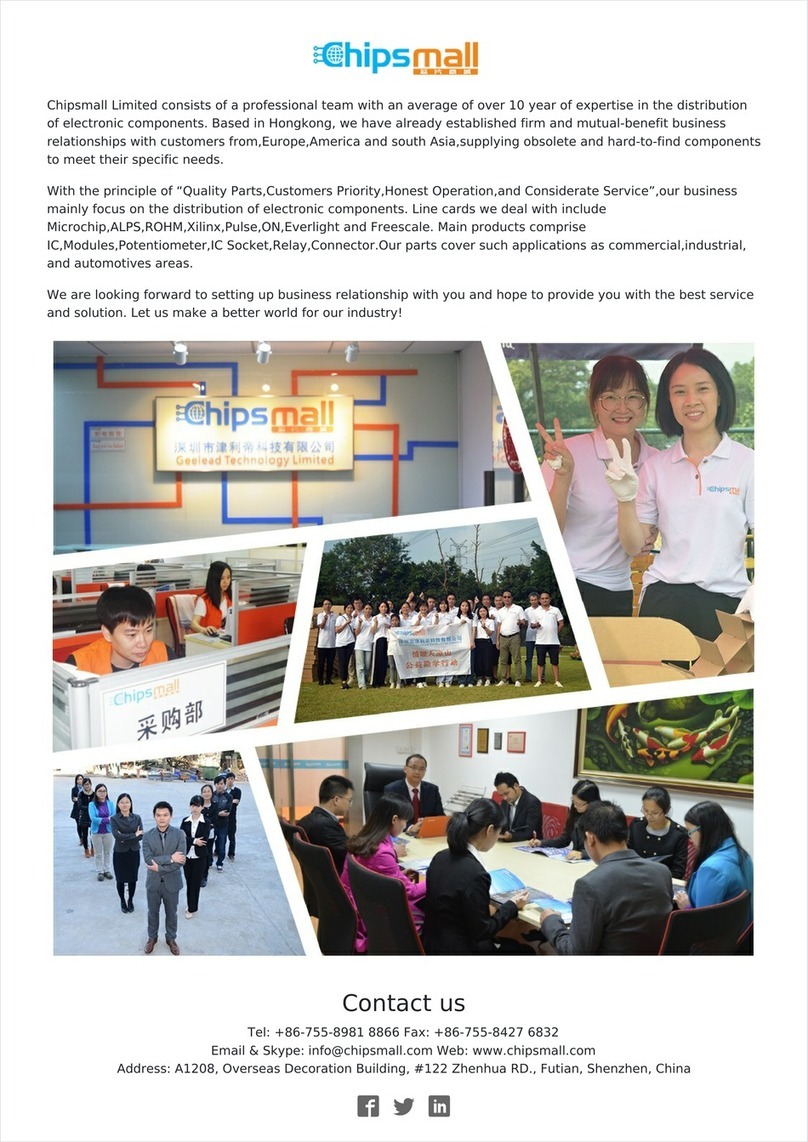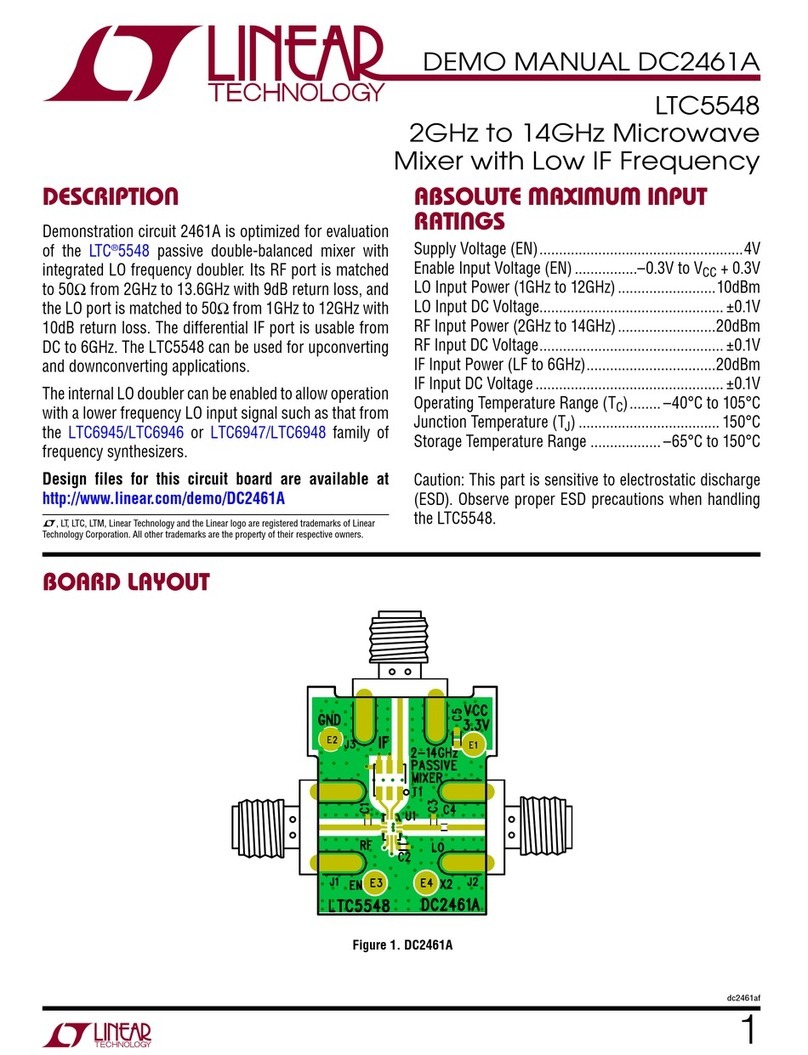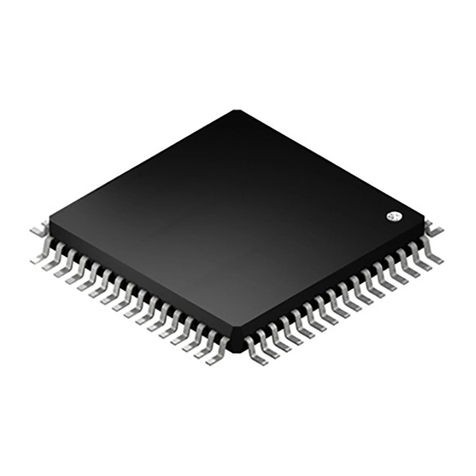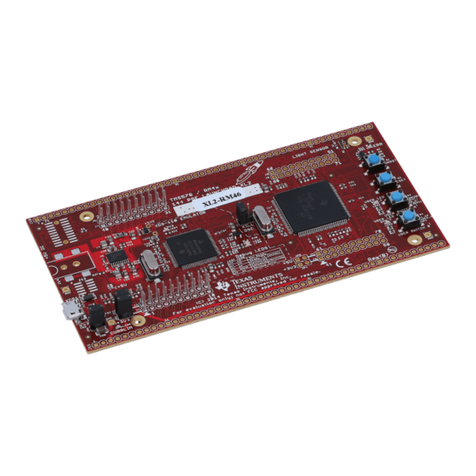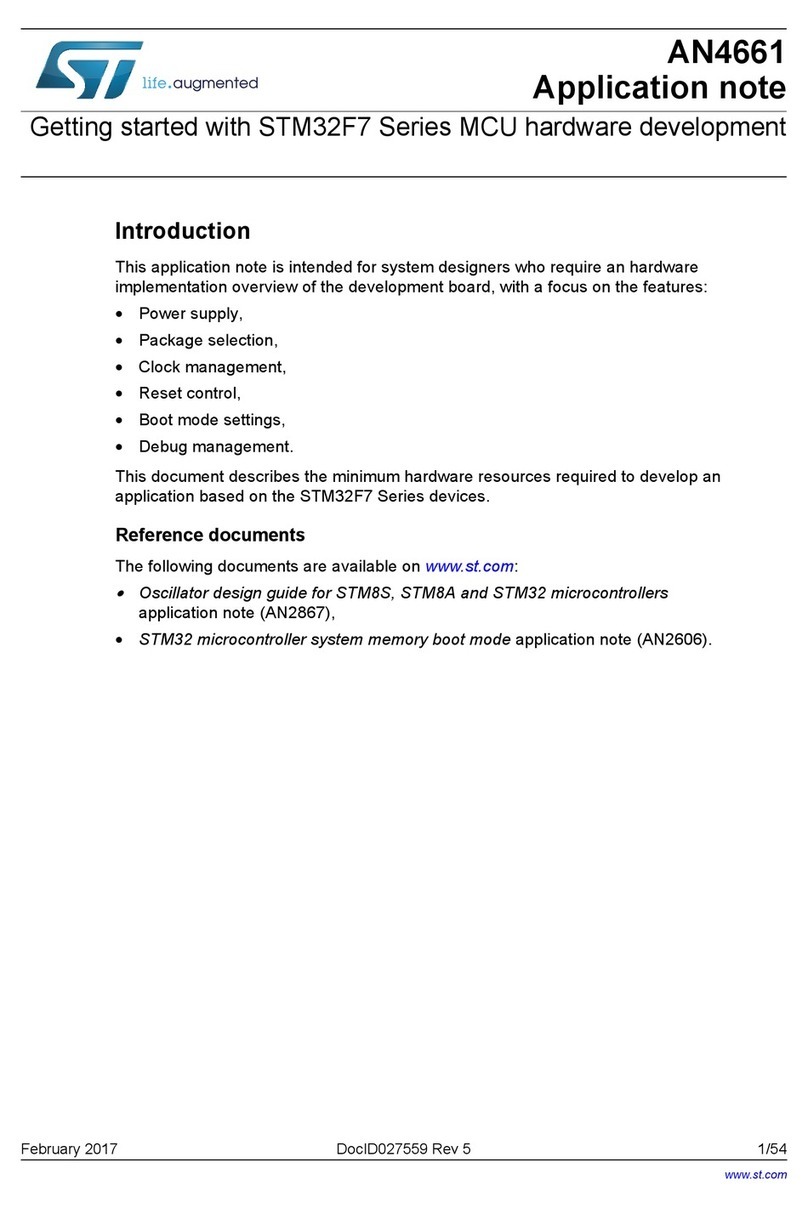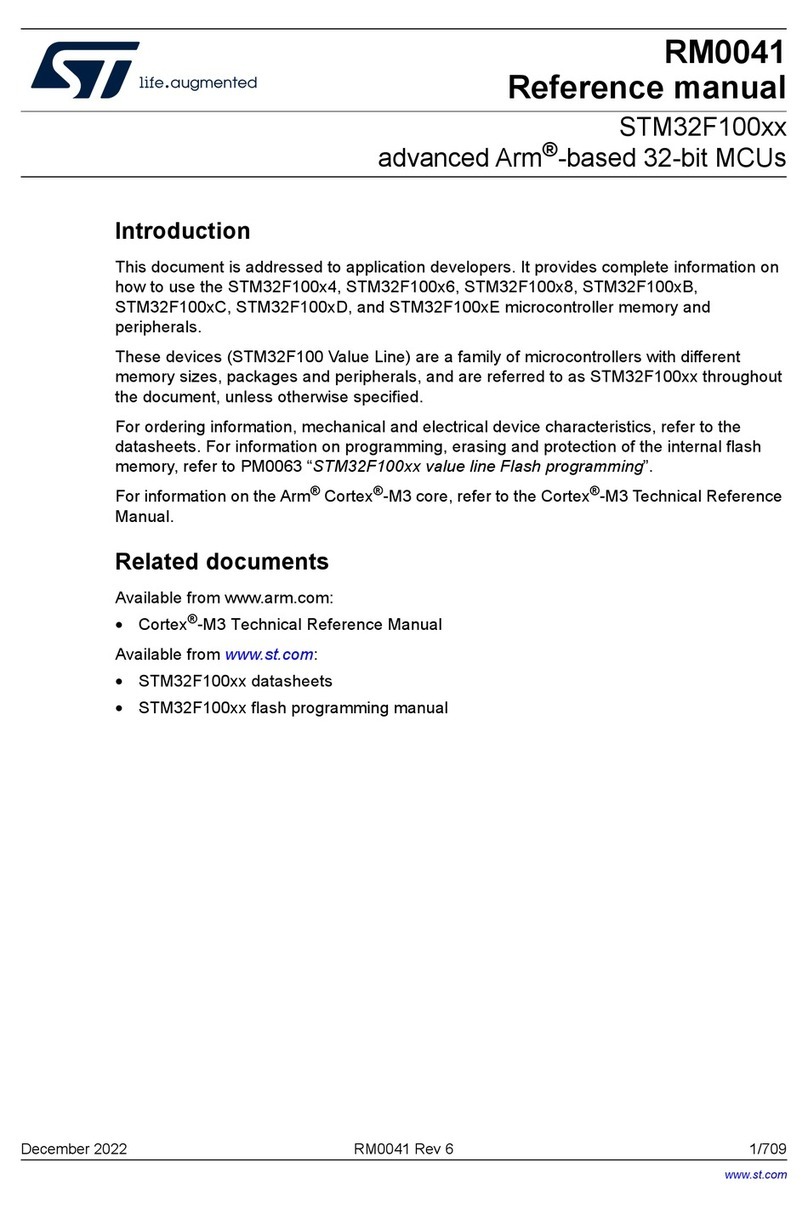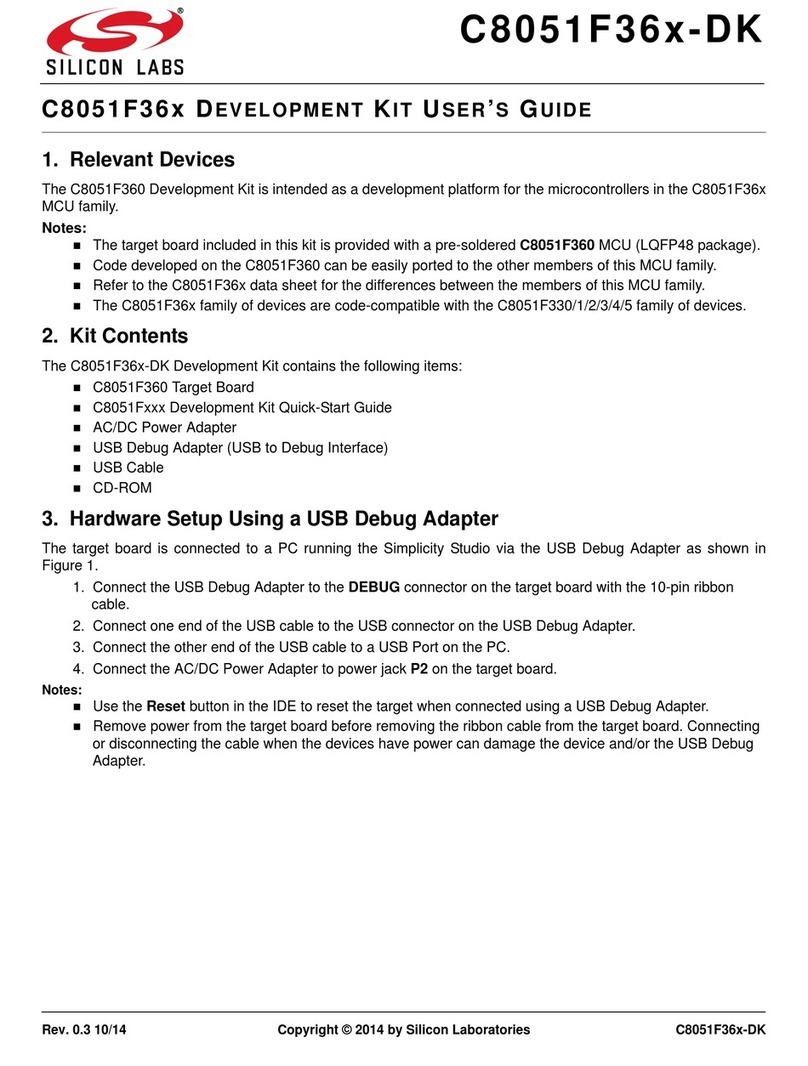
ix EPD-132 Development Kit User Manual
Contents
Chapter 1 Introduction..........................................1
1.1 Introduction ............................................................................................... 2
1.2 Specifications ............................................................................................ 2
Figure 1.1 Block Diagram ............................................................ 4
1.3 System Implementation............................................................................. 4
1.3.1 Advantech EPD-132 Development Kit .......................................... 4
Chapter 2 Development Kit HW Specification....5
Figure 2.1 Module Outline: 108 x 122 x 3.9 mm.......................... 6
Figure 2.2 Module connection to panel........................................ 7
2.1 Board level I/O .......................................................................................... 8
Table 2.1: I/O Connector ............................................................. 8
2.1.1 CN2............................................................................................... 9
Table 2.2: CN2 ............................................................................ 9
2.1.2 CN3............................................................................................. 10
Table 2.3: CN3 .......................................................................... 10
2.1.3 CN8............................................................................................. 11
Table 2.4: CN8 (SPI PIN HEADER) .......................................... 11
2.1.4 CN9............................................................................................. 12
Table 2.5: CN9 .......................................................................... 13
2.1.5 EPD connector............................................................................ 13
Table 2.6: EPD connector ......................................................... 14
2.1.6 Daughter Board Connector ......................................................... 15
Table 2.7: ALERT ...................................................................... 15
Table 2.8: CON21...................................................................... 16
Table 2.9: SWTEST................................................................... 16
Table 2.10: LED........................................................................... 17
2.1.7 FFC_GPIO .................................................................................. 17
Table 2.11: FFC_GPIO................................................................ 18
2.1.8 DEBUG ....................................................................................... 19
Table 2.12: FFC_GPIO................................................................ 19
2.1.9 SWTEST ..................................................................................... 20
Table 2.13: SWTEST................................................................... 20
2.1.10 PWR_ON1 .................................................................................. 21
Table 2.14: SWTEST................................................................... 21
2.1.11 Panel, PCBA connector and USB data transmission connector. 22
2.2 Daughter Board: LED & Button Behavior................................................ 24
2.2.1 Button behavior........................................................................... 24
2.2.2 LED behavior .............................................................................. 24
Chapter 3 EPD-132 Development Kit Hands-on ...
25
3.1 Components LIST ................................................................................... 26
3.1.1 HW Components List .................................................................. 26
3.1.2 SW Components List .................................................................. 26
3.2 System Architecture ................................................................................ 27
3.3 Tool And Development Environment Setup ............................................ 27
3.3.1 Configure Wi-fi setting through BLE............................................ 27
3.3.2 Prepare Recommended OS........................................................ 30
3.3.3 TFTP Download /Upload File...................................................... 30





















